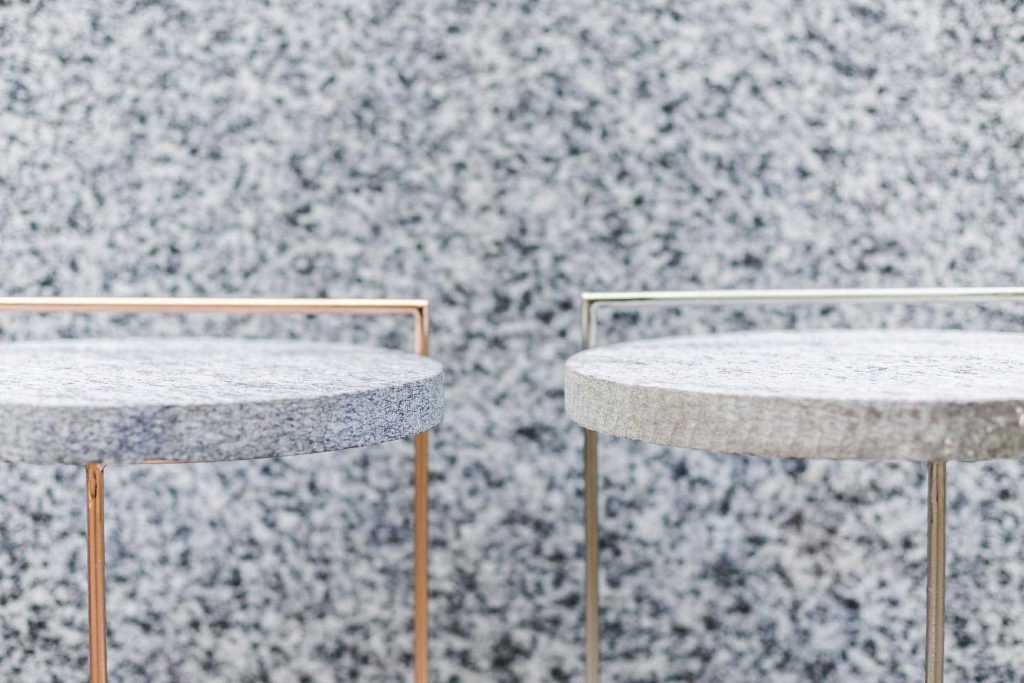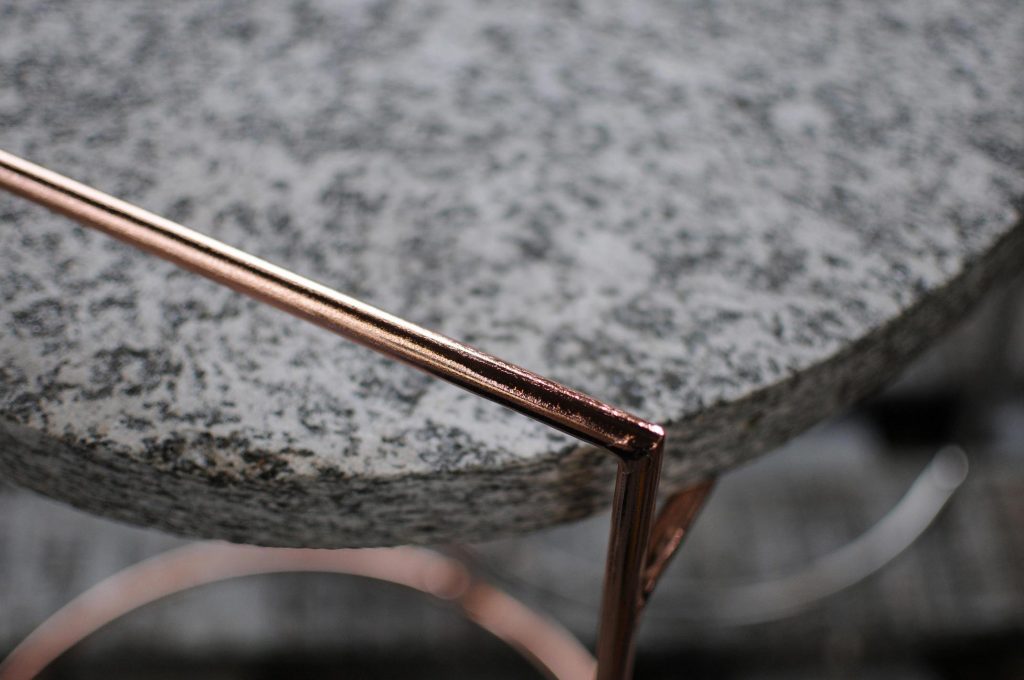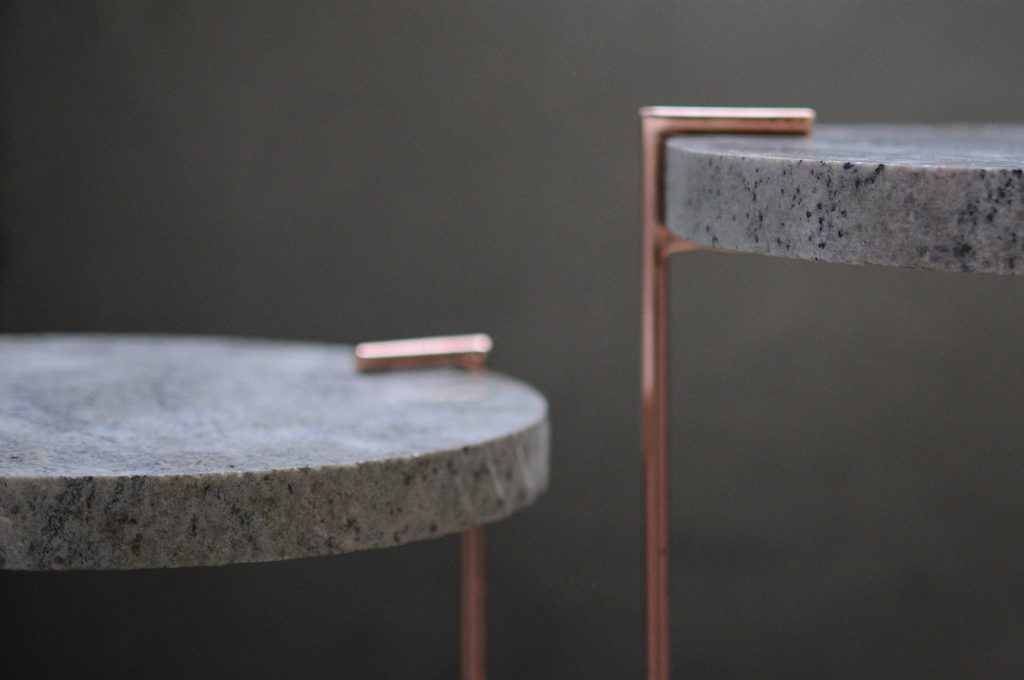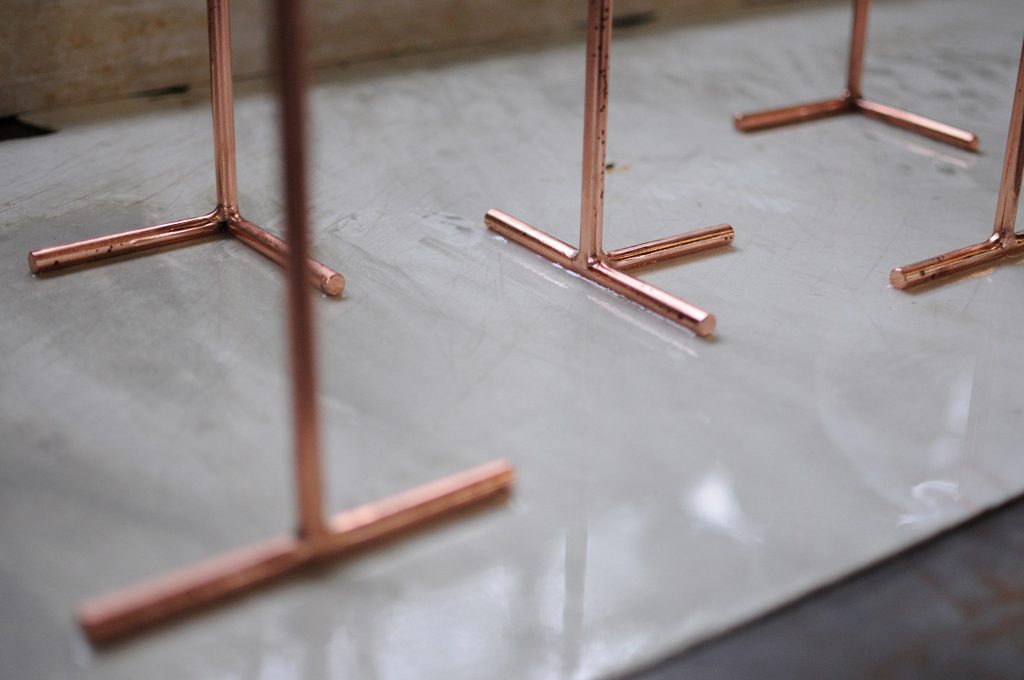Reiecta is a project that explores the boundary between nature and design, started after a discovery: dozens of marble wastes left, year after year, in a wood near an italian stone industry. Reiecta is a collective project thought by a group of designers – Alberto Bellotti, Stefano Piatti, Giulia Ruzzenenti – in order to reverse the industrial processes, transforming the production waste into raw material.The rejected material [res iecta] seems to colonize the environment. Some contaminations took place: humidity stains, growing roots, material breaks. The inert marble became fertile by attracting life forms.
The result is a series of objects with zoomorphic shapes, that evoke the peculiarities of each species. A series of case studies collected in a limited encyclopedia that has no scientific aim, only curiosity about nature and its phenomena.
Reiecta SerieZero is now online with a catalog of twenty-five top, to be associated with two different projects:
Le Poule. The legs of the table with 3 or 4 legs, in varius dimensions, are shaped as chicken paws, while the beack is fixed to the marble top. Domestic fowls are bred for many purposes: meat, eggs, ornamental feathers, ghting competitions, religious reasons, as pet or ornaments. Chickens peck even sand, small stones and mineral grains. is unique behavior can be attributed to functional digestion, which occurs more easily if the stomach contains rock fragments.
Hercules. The main structure of the table with single or double cromed structure is inspired to a beetle and is composed by two orders of arc, the upper one supports the marble top while the lower remains visible. Hercules Beetle belongs to the Coleoptera family, the largest order among all living organisms. Their name was coined by Aristotle. Word of Greek origin is composed by the term coleos (sheath) and pteron (wing). e front wings are sclerificate and therefore they no longer perform the function of the flight but protect the rear wings and the abdomen.



